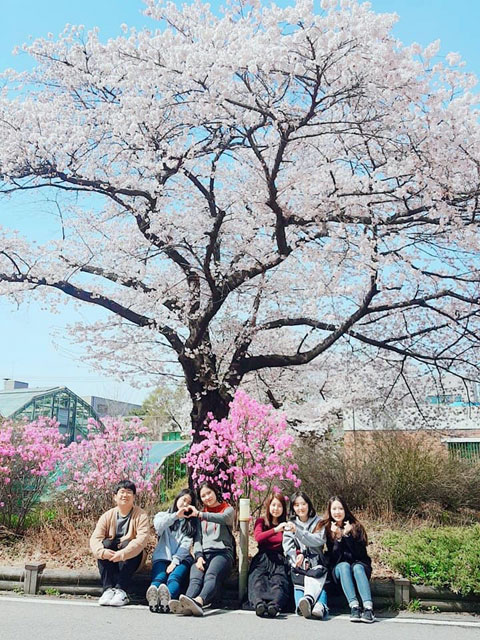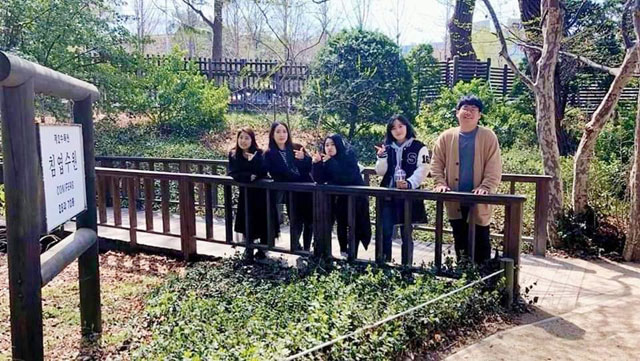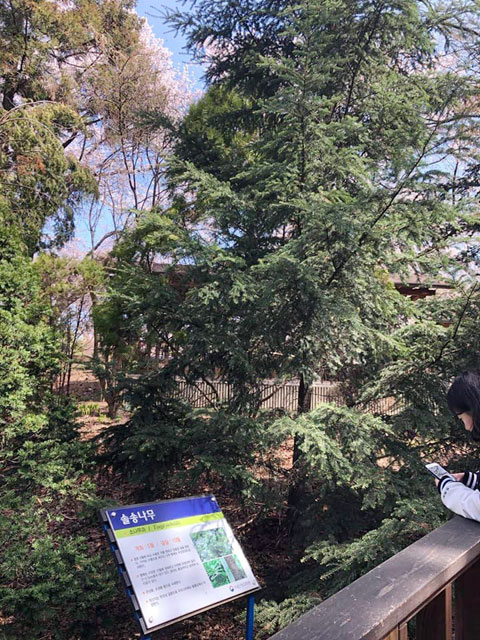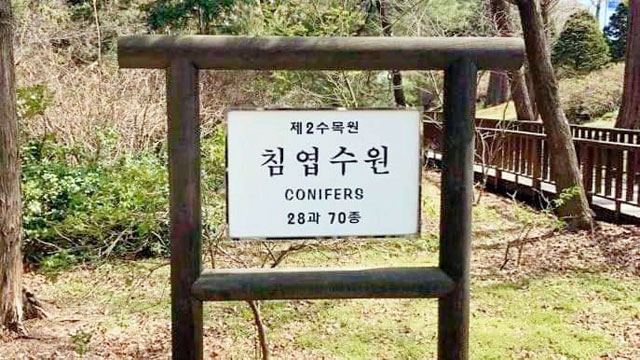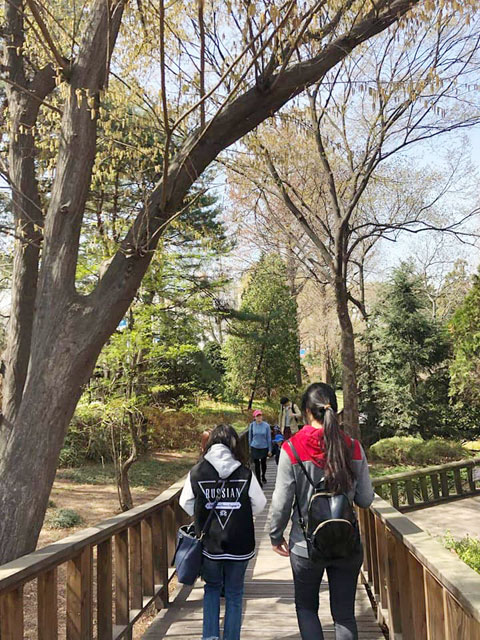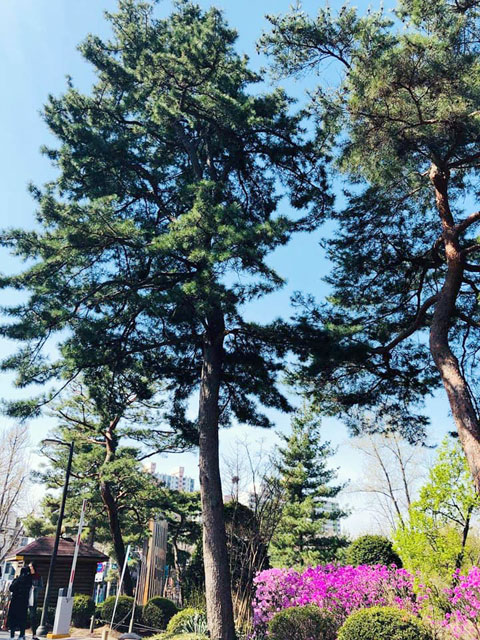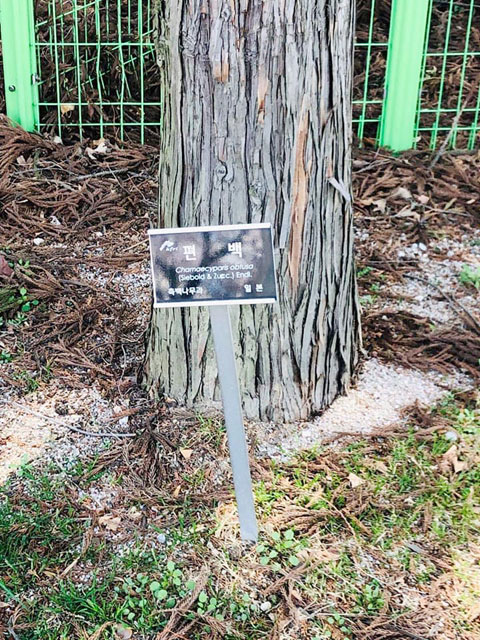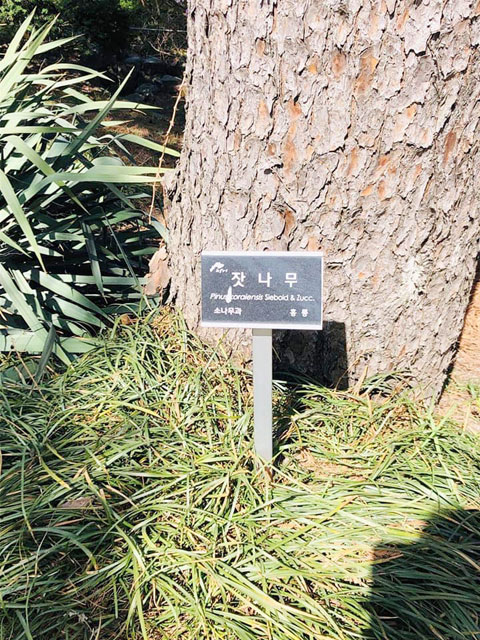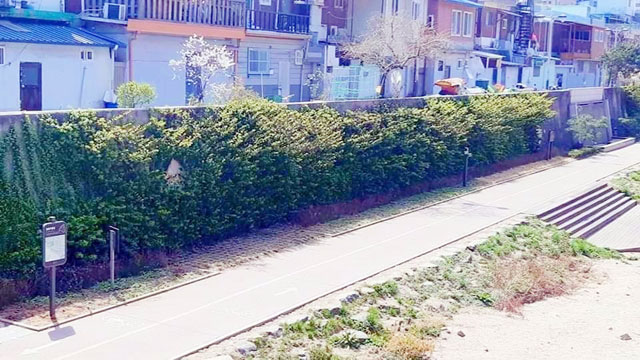3. GOOD HEALTH AND WELL-BEING 15. LIFE ON LAND |   |
Hi! We are Star was!
We've been thinking about what we can do to reduce fine dust!
Through our high school classes, we knew that trees played a big role in air purification,
so we went to Hongneung Arboretum under the Korea Forest Research Institute today
to learn how to clean up fine dust and how much it works.
As we toured the arboretum, we found that the trees of the coniferous family
and "Crassulaceae" were good for the reduction of fine dust,
as well as the "vines plants," "Koelreuteria paniculata," "Berberis koreana,"
"Quercus acutissima," and "Prunus yedoensis" in the arboretum.
And we met Dr. Park Chan-yeol of the Korea Forest Research Institute
to find out how trees can reduce fine dust and how effective it is.
He said the "phytoncide" emitted by coniferous trees
plays a major role in reducing fine dust, and other trees also help
to keep fine dust under control through leaves and branches.
And he also told us about the effect of this,
saying that the concentration of fine dust outside the arboretum and inside the arboretum
is about 10 to 20 micrograms per cubic meter,
and that the tree is very effective in reducing fine dust!
And we also learned about medicinal plants that are good for
healing our bodies, which are damaged by fine dust.
We looked at various medicinal plants that are good for fine dust,
such as "Siberian chrysanthemum" that are good for the skin,
"Mentha canadensis," and "Oxalis corniculata" that can purify the heavy metal-stacked body.
Through this visit to the arboretum, we were able to think again
about how important trees are to reduce fine dust.
If we could save paper, build forests in the city center, or try to increase the number of trees,
we would have been able to breathe cleaner air than we do now,
and at the same time, we could make a commitment to give cleaner air to our descendants.
It was a good time to think more deeply
about how college students can reduce fine dust and make sure to implement it.


